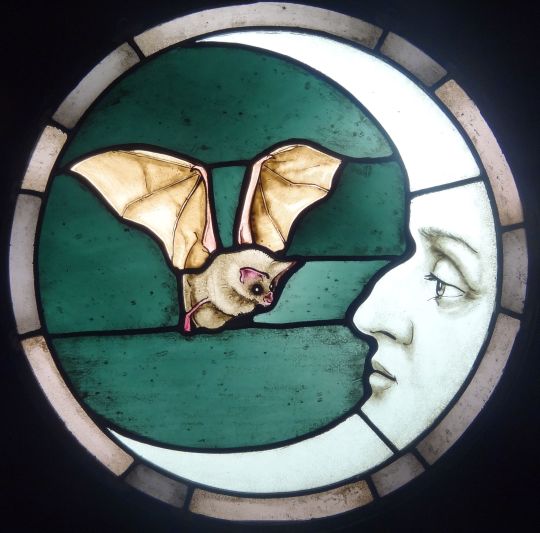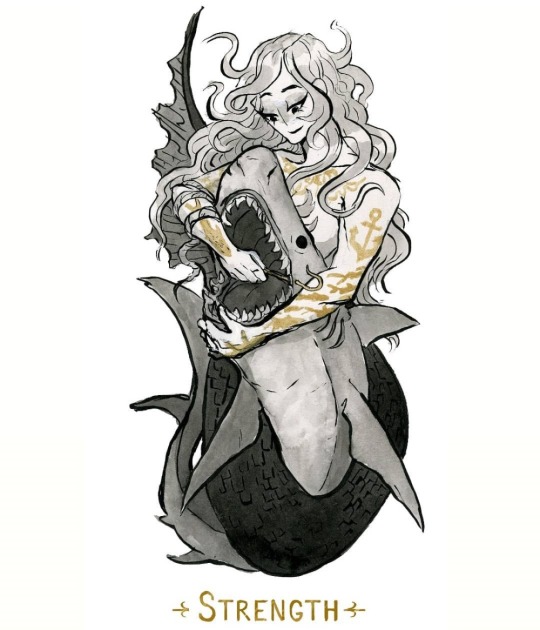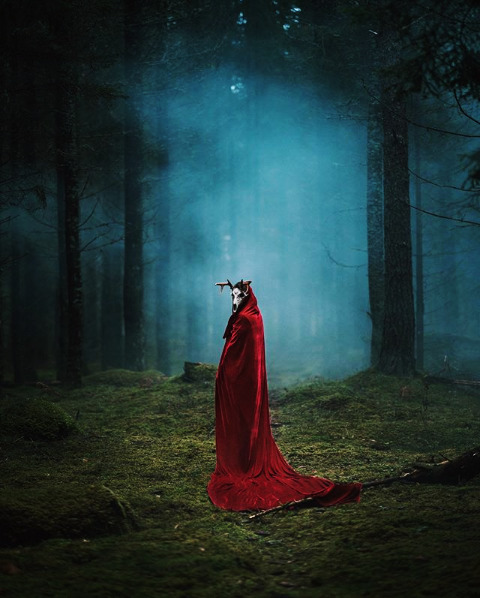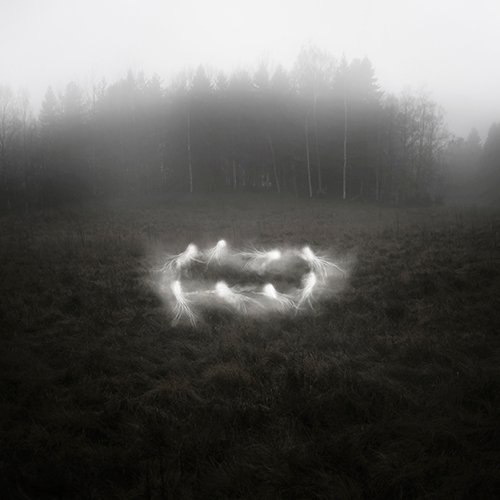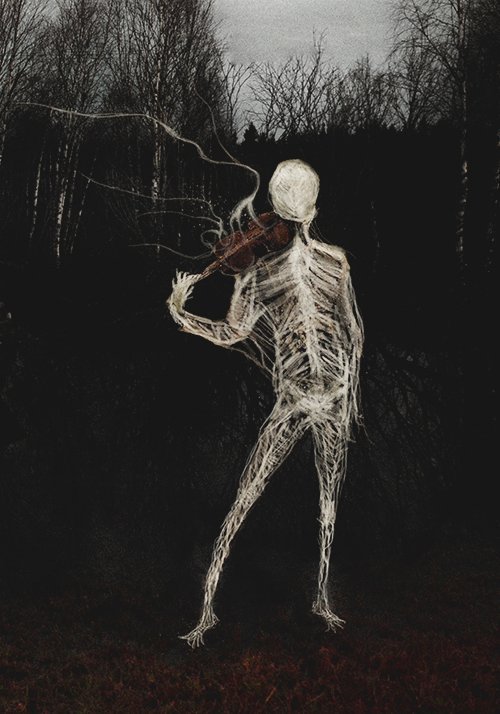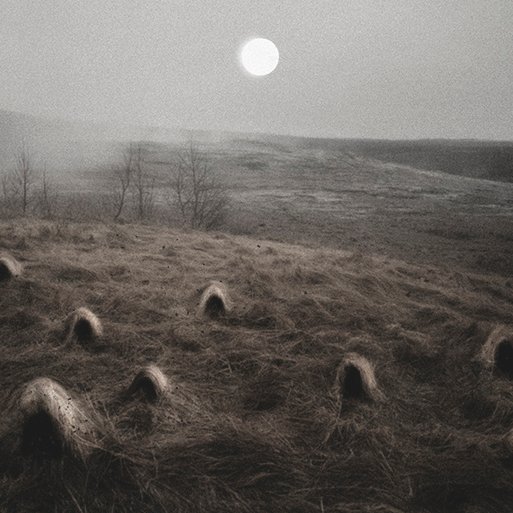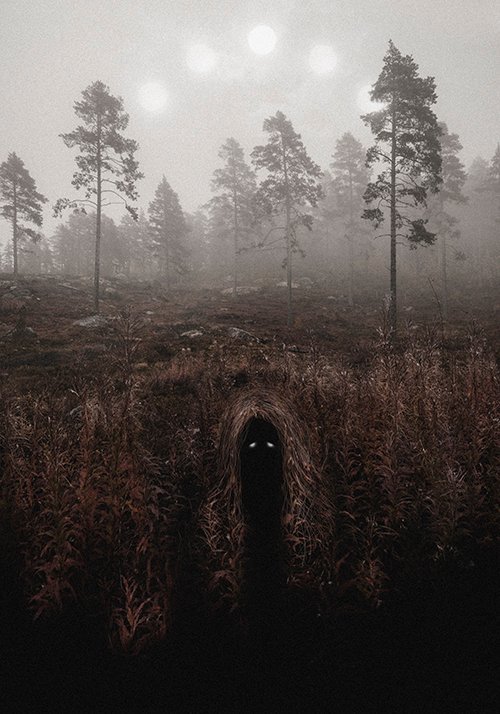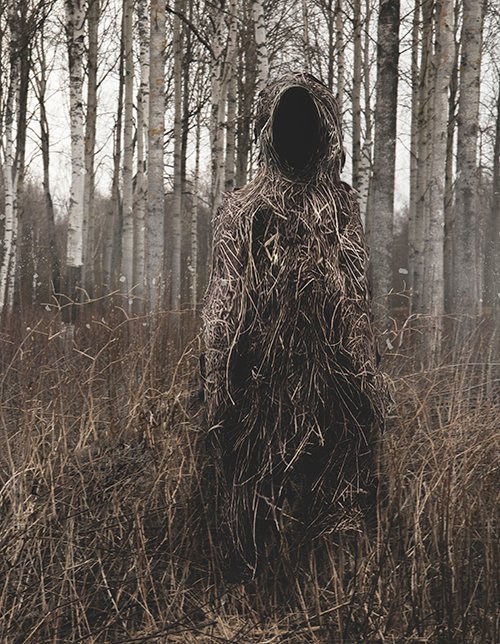icon by @aroacepagans × syncretic polytheist, nature witch, necromancer, prophet
Don't wanna be here? Send us removal request.
Photo

i always picture a physical representation of akatosh (if not an ouroboros) being this really fucked up kinda decaying beast. very soulless looking. kind of a worm ridden greenland shark looking motherfucker. idk why i dont think i actually can justify a lore reason
285 notes
·
View notes
Note
hello, yes, sorry to bother, but I was wondering if you had any other authors, people, ect, I should stay away from when reading and learning? I'm fairly new to everything. again, sorry to bother
Unfortunately, there is no such thing as an unproblematic pagan author. Even the ones who seem like they’re doing things mostly right have their flaws.
Here are the ones to avoid, fullstop:
Silver Ravenwolf - Conflates Wicca and witchcraft, claims only Wiccans are true witches, erases non-Wiccan witches and pagans, constant Christian-bashing, misinformation, false history, cultural appropriation, contradicts herself, hateful rhetoric, racism, history of attacking critics.
D.J. Conway - HUGE problems with incorrect information about deities, questionable interpretations of historical events, also conflates Wicca and witchcraft.
Raymond Buckland - Appropriates closed cultures, uses the g-slur to exoticize certain rituals and techniques, propagates false history (documentary on “The Burning Times” is utter rubbish).
Edain McCoy - Yet more misinformation about deities and history (POTATO GODDESS!?), mostly where it applies to certain Celtic-associated personages and events. Tries to make EVERYTHING Irish, especially when it’s not.
Catherine Yronwode - Racist, perpetual bully, claims LGBTQ+ teens should kill themselves and along with her husband has provided pamphlets and counseling to encourage this, known for attacking people online, threatens critics and pirates with death magic. Oh and she claims New Orleans voodoo is “fake” to bolster her own credibility.
Christian Day - The problem here isn’t so much with his writing as with his personality. The man is a rape apologist and has harassed women on social media on numerous occasions after they’ve called him out for problematic statements, and has threatened other Salem practitioners over personal and business disputes.
Here’s what to look out for with the decent ones:
Judika Illes - Supports Silver Ravenwolf, conflates voodoo and hoodoo, some cultural appropriation.
Scott Cunningham - Outdated information (not his fault, he died in the early 1990s), incorrect correspondences, proponent of “The Burning Times” myth, incorrect history, conflates Wicca and witchcraft.
Tess Whitehurst - Frequently quotes her own beliefs as fact without supporting evidence, conflation of deities and practices.
Ellen Dugan - Vehemently against Christian witches, proponent of “The Burning Times” myth, sometimes conflates Wicca and witchcraft.
S. Connelly - Conflates voodoo and hoodoo, cultural appropriation from both.
Dorothy Morrison - Some cultural appropriation, conflates hoodoo and witchcraft.
Anna Riva - Outdated information (1970s), some appropriation, conflation of voodoo and witchcraft, mild misuse of Christian terminology and rhetoric.
Keep in mind, this list is far from exhaustive, and there are plenty of authors that I have read and not seen problems with, but that may be because I’m not looking at it from the right angle.
For instance, everyone seems to have a problem with Kate West, but I’ve found her books to be helpful and informative and aside from the obvious Wiccan fingerprinting (which you’ll find in most modern pagan literature). And I’m sure someone is going to tell me in the notes of this post exactly what it is I’m missing.
The important thing with any witchy or pagan book is to read critically and use your brains. If something doesn’t make sense or doesn’t seem to jive with what you know about history or religion, look it up in a non-witchy book. Read up on history and religion from academical sources. Read up on botany and herbology. Build a practical knowledge base so that when you run across problematic statements, you know which way the wind is blowing…and more importantly, whether it smells like bullshit.
7K notes
·
View notes
Text
I can’t believe I still have to say this, but
Wicca was invented by Gerald Gardener in the 1940s, drawing inspiration from the Hermetic Order of the Golden Dawn, beliefs about witches originating from the early modern witch trials, some controversial historical theories of the early 20th century, and a smattering of Irish and Anglo-Saxon seasonal festivals.
Wicca is not an ancient religion.
The vast majority, if not all, of the pre-Christian religions of Europe cannot be characterised as “witchcraft religions.”
Yule, Easter, etc. did not belong to Wiccans before Christians “stole” them, because there were no ancient Wiccans.
The maiden-mother-crone triple goddess is not an historical entity.
The deities and practices of all world religions and witchcraft/folk magic traditions do not belong to Wiccans.
Get your history from history books written by historians, not from books about Wicca.
356 notes
·
View notes
Photo
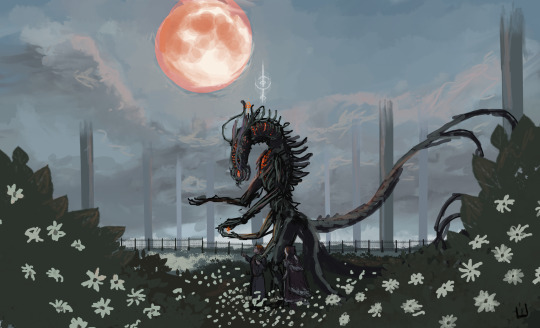
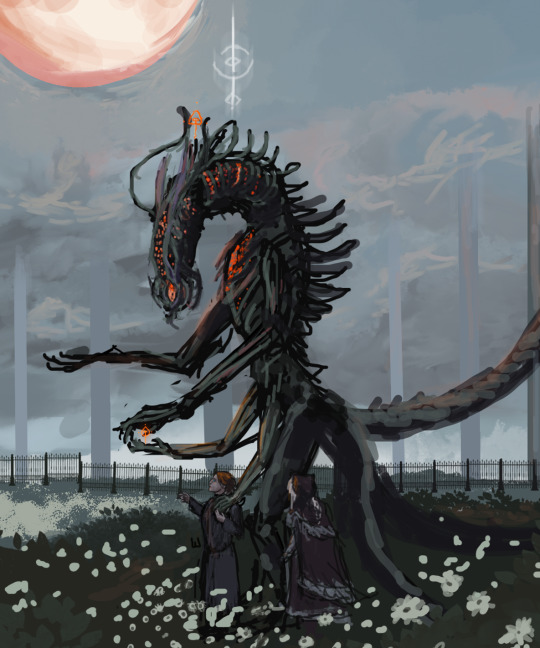


“FROM BEYOND THE ARUBIS HE CAME TO THEM, WHISPERING OF DREAMPLANES AND THEIR MAKING—AND THEY CALLED HIM LORKHAN, WHO-IS-NOT, FOR HE HAD HIDDEN HIS MANY NAMES FROM THEM, A NAMELESS PRESENCE THAT DWELT IN THE SHADOWS OF THEIR THOUGHTS.” “THE PRESENCE THAT THEY NAMED LORKHAN SOOTHED THEM, SAYING ‘‘..THEN TAKE THE CHILDREN … AND BIND THEM TO THE DREAM, LEST THEY SEEK ASCENSION IN THE PATH OF FLORA’S HEIR.’ “BUT LORKHAN-WHO-IS-NOT, SNAKE-TONGUED SEP, SPOKE FALSELY, FOR HE WAS THE CHILD-HEIR OF SITHIS WHO HE HAD SLAIN, AND HAD GAINED MASTERY BY THIS VERY PATH OF BIRTH-THROUGH-DEATH.”
The Dragon’s Madness, fragment ii
182 notes
·
View notes
Photo

It is officially Summer! Celebrations for Midsummer start on the date of the actual solstice and continue several days after. Wiccans honor the solstice by celebrating Litha where they tell the story of two brothers and adversaries, the Oak King and the Holly King who spend the year battling for supremacy. At Midsummer, the Oak King is at his most powerful and reigns triumphant. The Holly King will regain his strength at the time of the Winter Solstice and overthrow his brother to reign over the waning half of the year.. The Oak King is often depicted as a Green Man covered in leaves or a sort of summertime pagan Santa Claus, but I decided to make my own version.
631 notes
·
View notes
Text
Fog in Witchcraft
Fog is often a forgotten aspect of weather that seems to get passed over when it comes to witchcraft despite it having some powerful and noble uses as well as a history in the craft. Though not all areas get fog commonly, many do, almost every morning depending on the time of year. Allow this small post to perhaps be some help to those who have interest in harnessing fog into their craft.
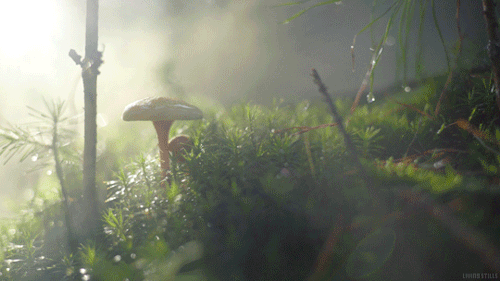
History and Fiction
As stated above, in many literary sources witches of both historical senses and fiction harness fog as a powerful towel. In popular lore, witches were said to summon fogs to roll across the lands to protect fleeing mothers and children during wars to hide from invading soldiers, though this lore is hard to pin point down, it is often said to come from Celtic and Gaelic origins.
In other tales witches would summon fog to protect traveling royalty or heroes who are on a quest to reach lands that may be unfriendly to their arrival. At some other times fog was related to almost like the “witching hour” it meant it was a time that the supernatural were out and witches were casting their spells.
Fog as a Liminal Space
What is a liminal space? To put it simply it means a “transforming space” or a place that the Veil or energies are thinner and overcross one another. Often they are associated with spirit work, energy work, astral work and over all witchcraft. Some call these places or areas “places where one area and time stop and another begins”.
In many cases, places that are covered by fog often are said to be liminal spaces during this time, due to the surrealism and energy fog brings with it. It turns something mundane looking to mysterious, confusing and even to some creepy. Its concealing nature brings the feeling of the unknown and the unseen.
Traditionally and theatrically fog is often used to represent the Veil between worlds and afterlife, often used in settings of literature and movies by covering graveyards before something supernatural happens or by filling the streets at night when magick is about to begin. Often when many people who don’t practice the craft think of supernatural energies and the Veil they imagine a foggy night or a wall of fog, this imagery is for a reason.
Often, fog is seen as an important tool for spirit work both fictionally and modernly due to its relations of being a liminal space and therefore seen as easier to contact spirits with the barriers weaker when it arrives.
Correpsondences and Uses of Fog
Generally Fog Corresponds with - The Veil, Spirits/Spirit Work, The Hidden, The Unseen, Invisibility, Protection, Obstruction, Curses/Hexes, Warding, Meditation, Astral Work, Fear, Patience, Calmness, Serenity, Peace and Travel
Often times, fog is useful to one when they wish to cast or enchant items for invisibility and protection during travel, often necklaces or items enchanted while out in the fog. Others will take the opportunity of using fog for spiritual communication, past life work and astral projection, taking advantage of the weakened barriers and Veil for these purposes.
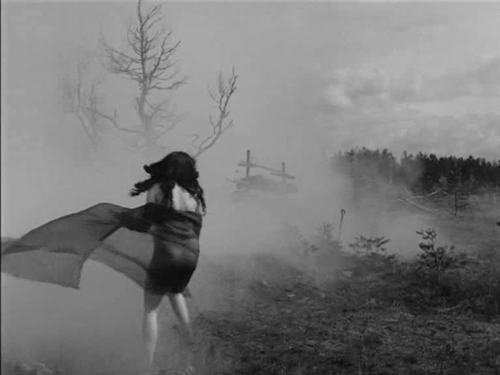
Associations
Crystals - Clear Quartz, Smokey Quartz, Thunder Egg
Herbs/Plants - Cotton, Broom, Saffron, Thistle/Thicket, Wheat, Pansy
Colors - Gray, Silver, Black, Blue
Other Tools - Steam, Incense/Smoke, Wands, Besoms, Branches, Storm Water/Rain Water, Ash, Dust, Mirrors and Gray Candles
Fog Summoning
There are many ways said to summon fog. A few of those ways will be listed below
Method 1: Using storm water boiling it until it has thick amounts of steam rising from it, carefully move it outside or to a window (if one is not already outside) and offer it to the sky. Many will chant or call to the weather or winds to bring them fog much like the steam of the pot.
Method 2: In water on a burner add storm or sea salt and a sigil on paper for fog. Close the lid to it and wait until it is boiling. Remove the lid and allow the steam to rise. Here chant if desired for fog or let the water boil until it is nearly gone.
Method 3: With a besom go outside if it is a private space and much like wind summoning call to the fog to come to you, using your tool as an extension of yourself and your energy. Remember to ask it to come rather than demand for it.
Method 4: Using storm water or rain water, ash and a jar fill it with these ingredients and shake it thoroughly to summon fog. Be sure to center yourself and focus on your energy to put into this fog summoning jar. Leave it outside or in a window afterwards for further effects.
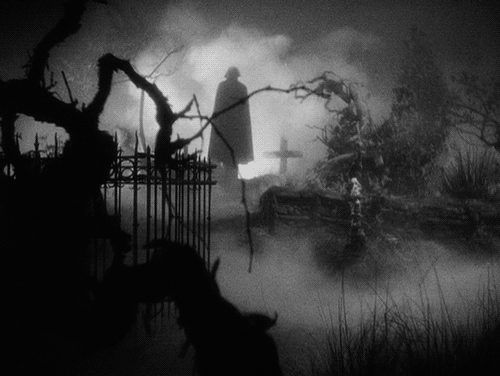
Fog Water
Fog water is a tool that can be used for witchcraft when fog is not rightfully available or in place of rain water/storm water in fog summoning. To capture fog water is pretty easy though you must be able to accept small amounts.
First you will need either very fine fabric or mesh or screen similar to what can be found in windows or for fishing nets. Tight it taunt onto something to hold it up like rods or sticks. Make sure it is held up at least a couple feet above the ground and somewhere the fog will roll through it. Base it off of how high the fog in your area tends to be, if you have low rolling fogs it may work better lower to the ground. After or during a time of fog you should be able to see droplets of water forming on it, you may use a jar tied below a corner of it to capture these drops or you can collect it yourself during/after they have formed. You can build much larger versions of this for potable water gathering and tutorials on this can be found easily online if that may interest you.
Store your fog water in glass containers and in the fridge, be sure to date and label to ensure you are using fresh water. Do not drink this water unless you set up the proper potable filtration systems.
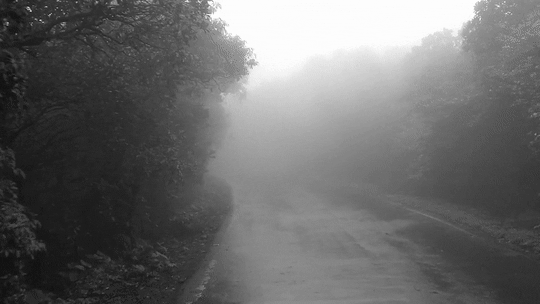
Diffusing Fog
Often witches will find themselves tasked with fog being a hindrance rather than helpful. Its a dangerous weather condition especially for those on the road or at sea.
Historically, sea witches would be asked to disperse fog for the safe return and port of sea vessels and the men upon them. Though it is difficult to find exact spells from these times, often broom or heather is used by facing the sea with it in hand and waving at the fog, putting energy into it and telling the fog to disperse. Other times it is said using a broom/besom to summon winds to remove the fog was a preferred way.
Other options for witches is to sing a fog removal song and often dance accompanied with it and with either a besom or wand in hand, direct the fog to travel away from you and somewhere else. Other witches have found success in praying and working with weather deities to move the fog back to the sky or to lead it away.
Omens, Superstitions and Dreams
In omens it is said fog represents blindness. It blocks our ability to see clearly and makes normal directions seem impossible to follow. It can go hand in hand with confusion and the feelings of anxiety. When fog appears in visions it is to be seen often as a warning that things are about to get just that - foggy.
Though it is also related to shrouding oneself, it may be a sign that it is time for you to create a fog about yourself and to build up those wards.
Superstition wise it was believed fog would steal people, often due to people getting lost in it and vanishing, because of this fog is seen as a warning of loss to come. Some cultures even associate it directly with death.
In dreams fog holds many meanings. If the fog is throughout the whole dream then it is a warning of deception. Someone is deceiving you and deep down you know it to be true. If you dream of being wrapped in fog and it is too thick to see through or escape it is often related to feeling that someone has stolen something from you. Dreaming of wandering in a foggy environment is a warning of dangers to come, keep on your toes. If you escape fog it means you are avoiding danger or theft.
If one dreams of fog just being around their head, eyes or following above them like a halo/hat, then it is an indication that you are lying to yourself. You are refusing to let yourself see the truth. It can also be a play of the saying “its all in your head” meaning you are overthinking a problem.
If you dream of fog and snow together, it is often said to be a dream related to sickness soon to come. Others say its a sign that illness of the mind and emotions is going to creep its way in.
If one dreams of their home, bedroom or apartment being filled with fog it is often taken as a bad omen and sign that a large family drama is soon to come.
Seeing a figure in fog in dreams can have different meanings. If it is someone that you know it means they may be hiding things from you or that you are going to have a fight with them in the near future. It can also indicate if you are in the fog and you see them outside of the fog, that you are guilty about something you did to them. Seeing a stranger in the fog or a shadow you do not recognize is often due to anxiety or fear in one’s waking life. They represent the unknown and the future to come, which you are currently stressed over. Animals in the fog can represent both anxieties and fears looming about you but also can represent that you a repressing your own desires and natural wants.
If you see fog rolling in from the distance of a dream it means something is looming in your waking life. If fog starts descending down on you in a dream from the sky to the ground, many take this as a bad omen for travel especially by air or sea. Historically it is said a foggy sea in your dreams means a shipwreck in your future. Though fog over a lake or river means dream-like wonder and is said that young women who dream of this can expect a mysterious stranger in their future.
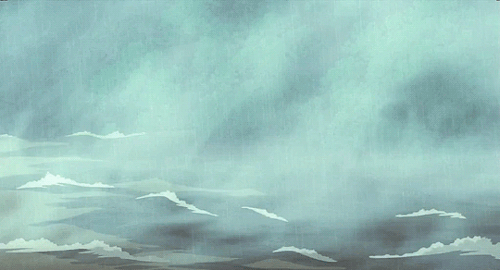
Fog and Different Types of Witchcraft
Sea Witchcraft - Fog is often seen as more of a hindrance in ocean magick, especially historically when fog at sea or port could be rather hazardous and bring tragedy to many. Due to this, fog in sea magick is often used for more negative tasks like cursing.
Storm Magick - Fog is often seen more in the light of a less harsh type of weather compared to storms or rain but still one that can be used to harness energy. The energy of foggy weather is much more mysterious, calm and hazy than that of storm or wind. It can be used for such purposes.
Death Magick - Fog is often related to the barriers of the other-side as some may say, so many death witches will take advantage of fog to use it to communicate and commune with the dead. Many report that it can make using tools of communication like Ouija boards and pendulums easier.
Divination - Often fog can be seen as a hindrance for divination though it is often deeply routed with self discovery and past life work. Many will take the opportunity of foggy weather to explore their past lives and the history of themselves and others.
10K notes
·
View notes
Text
Getting Started: An Introduction to Prayer
Praying to Na Déithe is Aindéithe (the Gods and Not-gods) is the foundation of any Gaelic Polytheist practice. Study is important - whether of the written lore, the living culture, or the archaeological record. But on an every day level, prayer is the most basic practice of Gaelic Polytheism.
Most people (particularly coming from a Western monotheist background) have a particular idea of what prayer is: kneeling, hands clasped, eyes closed, head bowed. Sometimes this image includes reciting a prayer from memory, in a particularly deferential or reverent manner.
And if that’s what you want it to be, it can be that. But it doesn’t have to be. Prayer can be screaming at a storm as it rolls overhead. Prayer can be a whisper on a walk through the woods. Prayer can be conversationally updating a deceased relative about the latest family news. Prayer is any way that you choose to communicate to the Gods, Dead, and Sídhe. The important thing to remember is this: Na Déithe is Aindéithe can hear us, and they can and will respond.
Even if you are not fully familiar with the Gods of Gaelic Polytheism yet, every one of us has family or heroes that have passed on, and is surrounded by the spirits of the world around them. The Dead and the Sídhe are just as valid as subjects of prayer as the Gods, and are often more accessible to beginners.
With that introduction, what might prayer look like? What might you say?
Many older Gaelic Polytheists have insisted that newcomers start with historical prayers (perhaps from Alexander Carmichael’s Carmina Gadelica) to get a feel for the rhythms, themes, and imagery of traditional Gaelic prayers. That can be a useful practice – doing so builds a strong connection to the past, and it can be a particular pleasure to compose a poetic prayer in a traditional style. Indeed, poetry was important to the pre-Christian Gaels, as evidenced in the Lore. But to hold everyone to that standard means that many of us will not begin (or continue) to pray.
Instead, to start, simply pray from the heart. If you feel called to it, you can work to build the rhythms, themes, and imagery of traditional prayers into your own later. If you need it, try this formula:
Begin your prayers by addressing the being you are praying to. Get the being’s attention – compliment them, express affection if it’s there.
Tell them why you’re praying to them. Are you giving them praise or adoration? Are you giving them a physical offering? Are you asking for something? Are you thanking them for something they’ve done for you? Are you apologizing for something?
When you’ve said what you wanted to say, clearly let them know that you are finished. You might thank them (though many caution never to thank the Sídhe), wish them good health (Sláinte Mhaith) or you can simply imply finality through your inflection.
That’s it! It doesn’t take much, and can easily be expanded on with continued practice and study. As you say your prayers, make sure you are open for responses - in whatever form they may take. Responses from Na Déithe is Aindéithe may be blatant & obvious, jumping out and grabbing your attention; or they may be subtle, sneaking up on you over a long period of time. They might happen as you are praying, or they might happen well after you are done. Don’t be discouraged if you don’t get anything right away – keep practicing, and your prayers (and ability to discern responses to them) will improve.
331 notes
·
View notes
Text
What do Gaelic Polytheists Believe?
We’ve established that Gaelic Polytheism is new religion, attempting to rebuild modern versions of the ancient religions of Ireland, Scotland, and the Isle of Man. But what does that entail?
As with most any religion, beliefs can vary from one practitioner to the next. That said, there are some basic, core beliefs that most Gaelic Polytheists share in common.
Gaelic Polytheists believe in a tripartite cosmology. The world is made up of the Land, the Sea, and the Sky. Everything that is exists in these three realms – including the Otherworld, the dwelling place of the Gods and spirits. Gaelic Polytheism also recognizes at least seven (and occasionally more than twelve) elements (dúile) that make up the building blocks of all existence.
Gaelic Polytheists believe that the Gods are distinct beings, with their own power and agency. The Gods are all separate and distinct entities with distinct personalities, spheres of influences, likes, dislikes, etc. Each God has a different birth, different relationships with other Gods, and is never referred to generically (except, perhaps, as a member of a group). The Gods have stories, history, and personality like all living beings do, and these elements weave together to make up their identities.
Gaelic Polytheists believe that places and objects have their own spirits. From holy wells and fairy mounds to sacred trees, the landscape is alive with spirits that we can interact with. Some of these spirits are helpful, but many are neutral to humanity (at best).
Gaelic Polytheists revere the Dead. The Dead survive in the Otherworld, and are occasionally able to act in this world. We remember and pray to them, forming and continuing relationships with those who have passed.
Gaelic Polytheists value the liminal. Thresholds, boundaries, and transitions are powerful, and often act as paths into the Otherworld where we can encounter the Gods & spirits. Forests, river fords, caves, wells, bridges, crossroads; all occupy this space Between. In the same way, the center of a place is also sacred and powerful, such as the hearth of a home, or the symbolic center of a community.
445 notes
·
View notes
Text
What is Gaelic Polytheism?
First, we must be clear on what Gaelic Polytheism is – and by extension, what it is not. First, the short answer: Gaelic Polytheism is a new religion, attempting to rebuild modern versions of the pre-Christian religions of the Gaels.
There’s a lot to unpack in that simple statement, though. We might break it down in list form:
Gaelic Polytheism is a new religion.
Gaelic Polytheists are creating a new religion in the modern day. This process was started only a few decades ago, and is ever-evolving as we learn more through study, experience, and discussion.
Gaelic Polytheism is reconstructionist.
Gaelic Polytheists use historical, archaeological, and academic sources - coupled with folklore and surviving folk practices, where possible - to give us an idea of what the pre-Christian Gaels believed and practiced. We then try to figure out how to implement that in a modern setting.
Gaelic Polytheism is about the Gaels.
Gaelic Polytheists focus on the pre-Christian religions of Ireland, Scotland, and the Isle of Man. We also give weight to the modern and historical cultures of these same areas, as the descendents of the religion we are trying to rebuild. While the ancient polytheists did convert away from polytheism, they did not die out in the process.
This also gives us a strong basis of what Gaelic Polytheism is not.
Gaelic Polytheism is not ancient.
Gaelic Polytheists are not practicing a religion that secretly survived through the ages, passing to us unadulterated. The pre-Christian religions of the Gaels died out, and we will never be able to know if our vision of their practices are fully correct.
Gaelic Polytheism is not eclectic.
Gaelic Polytheists generally do not indiscriminately “mix and match” their spirituality. Beliefs that are drawn from outside the Gaelic world are carefully noted it as such, and ideas are not labeled “Gaelic” unless they are backed up by the Lore. While theophany and personal gnosis hold an important place within Gaelic Polytheism, they are generally held in balance with known historical practices, not in place of them.
Gaelic Polytheism is not Pan-Celtic, or Pan-European.
Gaelic Polytheists do not try to mold our religion around overarching patterns with neighboring Celtic, or other European cultures. While common motifs may be found in nearby cultures, we do not simply ignore the important differences between these cultures and religions. Just as Ireland is not Scotland, the Gaels are not the Gauls, and the Celts are not the Greeks.
179 notes
·
View notes
Photo

Kyne, goddess of storms, warrior-widow, professional ass kicker
519 notes
·
View notes

